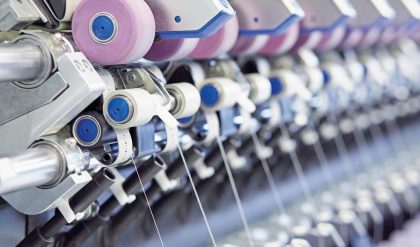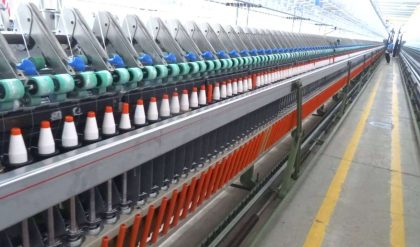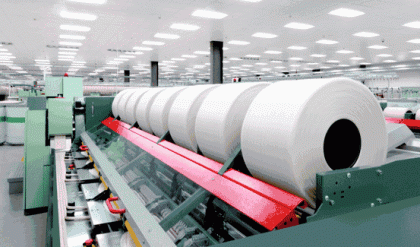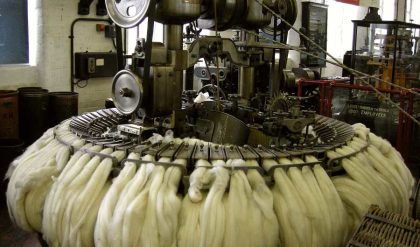The process of straightening and parallelisings of fibers and the removal of short fibers and impurities by using a comb on combs assisted by brushes and rollers is called combing. The combing process is carried out in order to improve the quality of the sliver coming out of the card. The process eliminates short fibres, it achieves better parallelisation of fibres, it straightens curls, and it removes neps and residue impurities. It is clear from these functions that the combing process is essentially aimed at obtaining excellent quality yarns and to fulfil this objective raw materials with above average physical and mechanical features must be used from the very beginning of the spinning process.

Depending on what is being produced, waste from combing varies from 12% to 25%, and this can be employed to obtain yarns with a medium coarse count using the open-end process.
Objectives of Combing
Following are the objectives of combing process:
· To remove naps in the carded sliver.
· To make the fiber more parallel and straight.
· To produce a uniform sliver of required per unit length.
· To remove the fiber shorter than a predetermined length.
· To remove remaining impurities in the comber lap.
Necessity of Combing The following quality of fibers can only be obtained by combing
· Absence of nap
· More parallel arrangement of fibers
· Straight fibers
· Clean finer fiber
· Uniformity in length of fiber
Combers Noel:
The wastage which is removed from the comber m/c during processing is known as comber’s noel. It is expressed as percentage. It is mainly of short fibers and neps. Noel is used for lower count as raw material.





